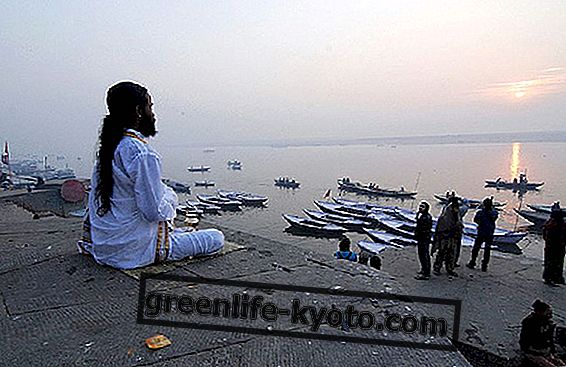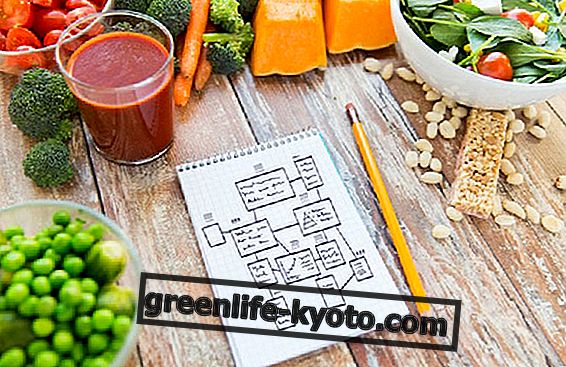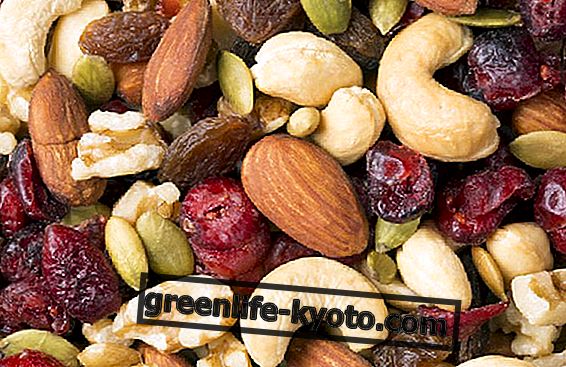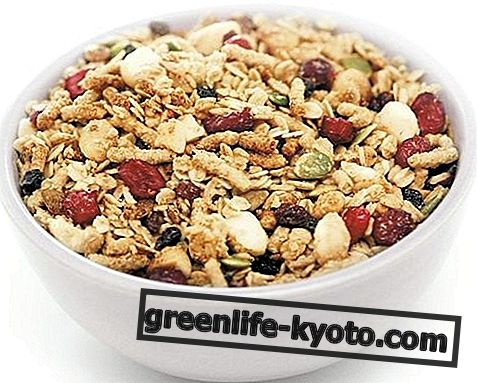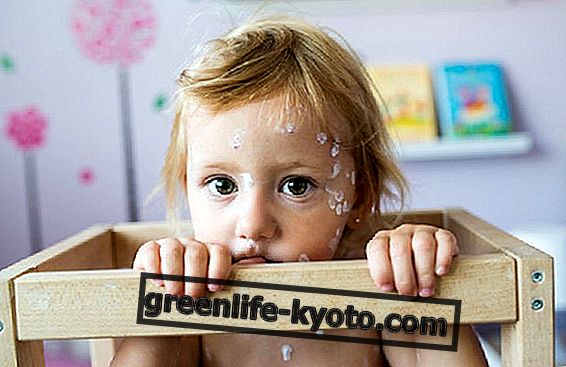
A very important hypoglycemic and hypotensive properties have been highlighted by an English research carried out on cinnamon. On subjects suffering from type 2 diabetes, the non-insulin-dependent diabetes, blood glucose and blood pressure decreases were noted.
How cinnamon works
By using cinnamon during meals, about 2 grams, the speed of gastric emptying is slowed and reduced the increase of glucose in the blood after eating.
This spice, in fact, attacks the released sugars and reduces their blood absorption. In Ayurvedic medicine cinnamon and its beneficial effects are well known.
It is one of the Kapha foods, such as ginger, marjoram and pepper. It also reduces total cholesterol, LDL and triglycerides. These properties are due to the presence of a polyphenol, the MHCP that stimulates insulin receptors.
Other effects of cinnamon
Cinnamon can also be used in case of colds, intestinal infections, dysmenorrhea, nausea. It has antibacterial and antifungal properties, able to counteract forms of Candida albicans and helicobacter pylori.
Cinnamon is rich in Manganese, Iron and Calcium and a source of fiber, effective in case of slowing of intestinal peristalsis.
The benefits of cinnamon and use in the kitchen
Nutrition and blood sugar
Associating the use of cinnamon with a correct diet can represent a successful combination to correct the values of sugar and cholesterol in the blood, without resorting to anything else.
It is therefore essential to check the glycemic index of foods (IG). The glycemic index, a value between 0 and 100, provides indications about the rate of increase in blood glucose following the intake of a food containing 50 g of carbohydrates parameterized to glucose.
It is expressed in% and glucose represents 100%. So the higher the glycemic index, the more the food is able to raise the blood sugar level .
There is an international table on the values of the glycemic index of foods that can be consulted to verify the correct food combinations suitable for reducing GI.
There are many factors that can reduce the GI of our meal:
- cooking, for example, can influence the characteristics of food,
- the relationship between two components of starch in food, amylose and amylopectin,
- the fiber component.
For example, legumes have a lower GI than cereals, and eating a plate of pasta dressed with vegetables lowers IG, compared to a pasta dish seasoned with ragù!


